Kentucky reverted to its midrange habit against Georgetown
It was a tale of two very different halves in Kentucky’s 92-69 exhibition victory over their neighbors in Georgetown. The first 20 minutes were a bit of a slog, leading to a mere one-point lead against the NAIA team from down the road. It wasn’t until the second half that Kentucky asserted its dominance and pulled away significantly.
So, what was the root of the first-half struggles? The ‘Cats did not look like the same team that won a gold medal in Canada this summer, steamrolling the international competition with the most modern offense witnessed in the Calipari era.
There were likely a ton of reasons why Kentucky got off to a slow start. Nerves, inexperience, and not being able to practice five-on-five surely played a part, but one factor that almost certainly hurt was shot selection.
Midrange jumpers reared their head too often in the first half
Last season, Kentucky leaned into the midrange a lot. Like, a lot a lot. As any analytics expert will tell you, the best teams take the vast majority of their field goal attempts in the paint or from behind the arc. Layups and 3s are the key to success in today’s version of basketball.
For better or worse, Calipari’s Wildcats have been slow to adopt such a philosophy. Last year’s squad shot 24.6 percent of their two-point shots from further than 10 feet away. For comparison, the 2023 National Champions, the UConn Huskies, shot just 9.5 percent of their shots from this range.
In the first half against Georgetown, the ‘Cats fell back into the same trap they did last season. Out of their 37 field goal attempts, nine of their shot attempts came in the midrange for a nearly identical average as last season of 24.3 percent. They made just two of these nine attempts.
Overall, the Wildcats shot 40.5 percent in the first half.
Kentucky’s second-half shot selection was much more efficient
In the second half, however, Kentucky drastically cut down their long twos. Out of another 37 field goal attempts, only four came from the midrange, equating to 10.8 percent of their overall shot selection. They made three of these four attempts.
Roughly 10 percent of the team’s total shots coming from midrange aligns with UConn’s average from last season and coincidently (or not), Kentucky blew out Georgetown in the second half, shooting 57.8 percent along the way.
Ultimately, this 10 percent mark should be the target for every game this season. Time and time again, the ‘Cats prove that focusing on layups and 3s 90 percent of the time will give them the best chance to win, and the team’s first exhibition game was no different. This could be easier while the Wildcats’ seven-footers are out, as bigger guys might have the tendency to clog the lane, but if the ‘Cats can maximize the same shot selection they showed in the second half against Georgetown throughout the season, Kentucky could very well find themselves in UConn’s position at the end of the year.
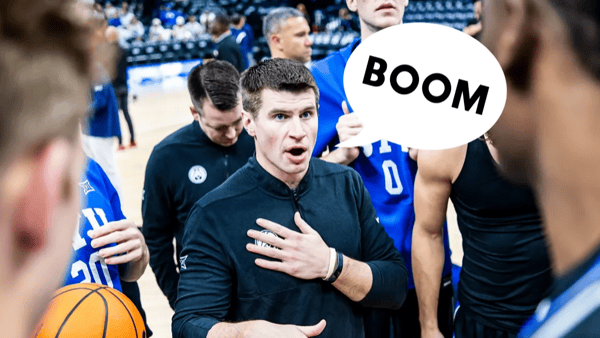
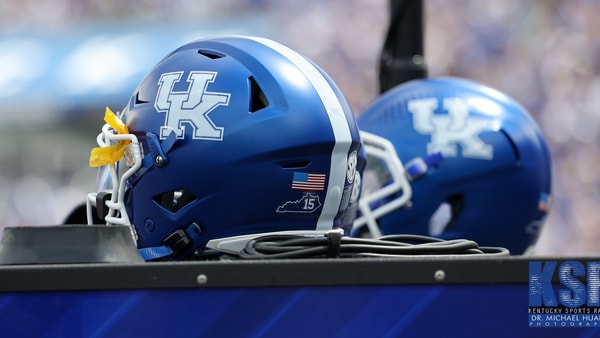


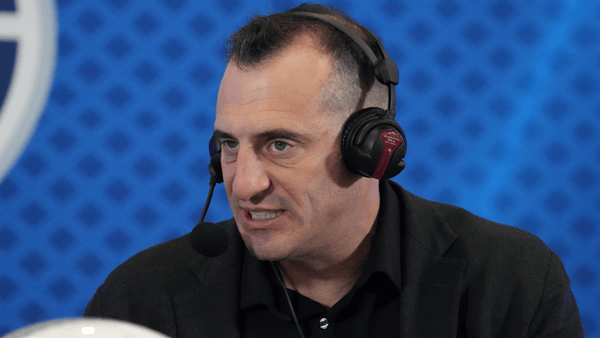
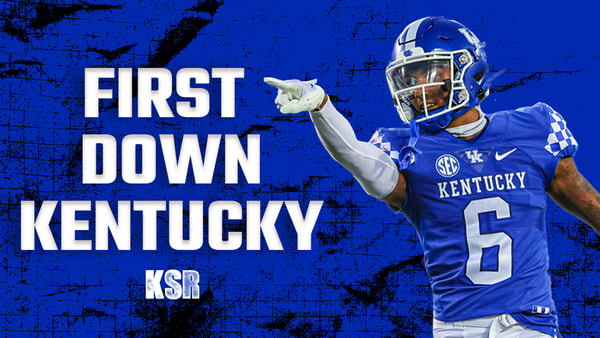
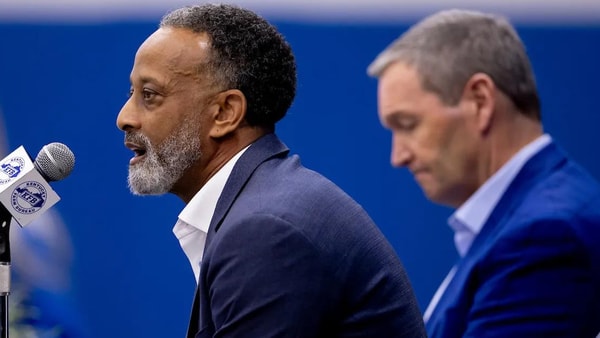
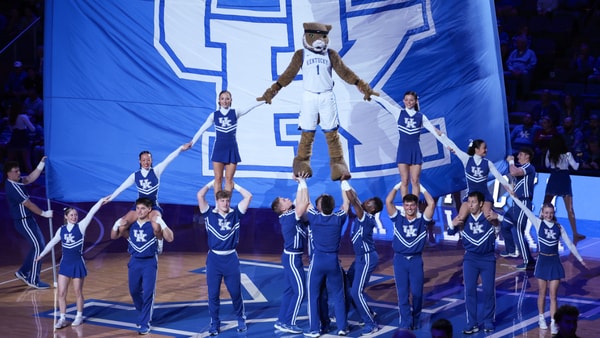
Discuss This Article
Comments have moved.
Join the conversation and talk about this article and all things Kentucky Sports in the new KSR Message Board.
KSBoard